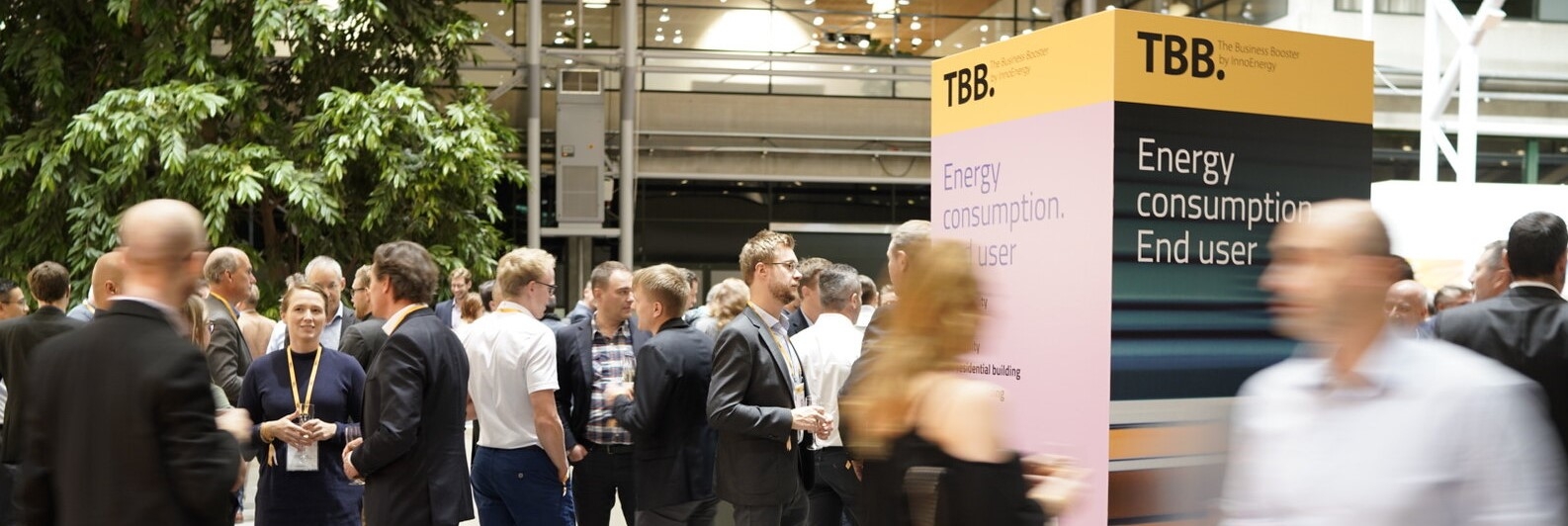InnoBlog: Innovation in small municipalities

Often in life, young people leave “home” to find a world full of opportunities. Usually they get caught up by the excitement of different realities by looking at so many amazing new things that they seldom try to put it into perspective of where they come from. On the contrary, this is essential to the innovation that the world needs – diversity is a key factor in order to achieve better results and the analysis in different perspectives is one of the simplest methods to do so.
It is important that as we grow in our lives, we remember where we have come from, because, by doing so we will be able to learn and contribute.
Home for Christmas!
During winter break, universities have holidays, a wonderful opportunity to go back home, spend time with loved ones and celebrate the holidays according to your culture.
In my case, I went back to a small city called Serpa, in one of the south regions of Portugal – Alentejo. There the landscape is mostly rural with a low population, making it a lovely place to relax for few days. As I’m always curious to see how things evolve in my home region, this time I decided to take advantage of being back and study some of Alentejo’s recent developments.
What can Serpa, a small municipality, do to innovate?
In order to learn more about my hometown’s recent developments, I arranged a meeting with the Mayor of Serpa, Tomé Pires, and the Councillor of Environment and Construction, Francisco Godinho, who both explained the current landscape of projects, with the efforts and challenges that the city faces.
The main concern of Tomé Pires, when looking at the European Union 2030 goals for cities, was that “scale needs to be taken into consideration as small municipalities by themselves can never compete with larger ones when it comes to innovation projects”.
Unfortunately, despite all efforts and intentions, budget can be seen as a limitation to act on certain opportunities. Often the solution for small municipalities in Portugal is to aggregate in inter-municipality communities that will allow them to apply and access extra funds for special projects in different areas. At the same time, the municipality is taking many small achievable and realistic steps in order to become more energy efficient. For example, the replacement of all bulbs with LEDs and improving buildings quality, making them more efficient and therefore more sustainable.
The Mayor, Tomé Pires, spoke about the concern of committing to too many projects as a mid-term to long-term risk – “even though the municipality has applied and won funds for several innovative projects, it is important to consider the limitation of staff and budget that a small municipality has to deal with for future costs such as maintenance”. As an example, at the beginning of the decade, the municipality was one of the first to have an electric bus. As time passed, the increase of long-term maintenance costs and the low availability of service providers led the project to end. Nonetheless, the small municipality is making its way into an innovative future with a diverse portfolio of projects that include Energy, Tourism and Agriculture.
Making an innovative difference in a rural landscape!
In the Alentejo region, there is a lot of agricultural land and therefore a high storage of water needed to supply it. Some locals see this as opportunity to try new ideas! EDIA – a company that holds the Alqueva Dam with the largest artificial reservoir in occidental Europe –launched a tender for 50 MW of floating solar PV capacity distributed over 10 sites in November 2019. The project will take advantage of the high solar radiation in the region and consist ofapproximately 127,000 PV panels, produce 90GWh per year and avoid 30,000 tonnes of CO2 emissions. Its main aim will be to use the energy for local pumping stations.
I had the opportunity to speak with José Carlos Saião, the Director of the Department of Exploration of Irrigation Infrastructures of EDIA and understand how they started to think about this project. José mentioned that the reservoir needs a temperature drop in the mass of water, therefore the panels’ shadow can potentially drop the water’s temperature down to 1.5/2 ºC. Furthermore, the sun increases the development of Algae in water, which is something that they want to avoid. In addition, the PV panel has higher efficiency in lower temperatures and the water mass works as a natural cooler. José refers to this as “the perfect combination” from need to solution as it can almost seem a human made symbiosis.
It is not about the place, it is about YOU
In conclusion, wherever you are, whether it’s your “first home” or your “new home”, you can always look around and be curious, learn and contribute. It is therefore, most important to be and stay proactive and not be passive. The biggest surprises and opportunities will appear whenever you least expect it!
EDIA,S.A. (2020). EDIA launches tender for europe’s largest floating photovoltaic project – EDIA,S.A.. [online] Available at: https://www.edia.pt/en/edia-launches-tender-for-europes-largest-floating-photovoltaic-project/ [Accessed 23 Jan. 2020].
By Miguel Mosca, Master’s in Energy for Smart Cities

